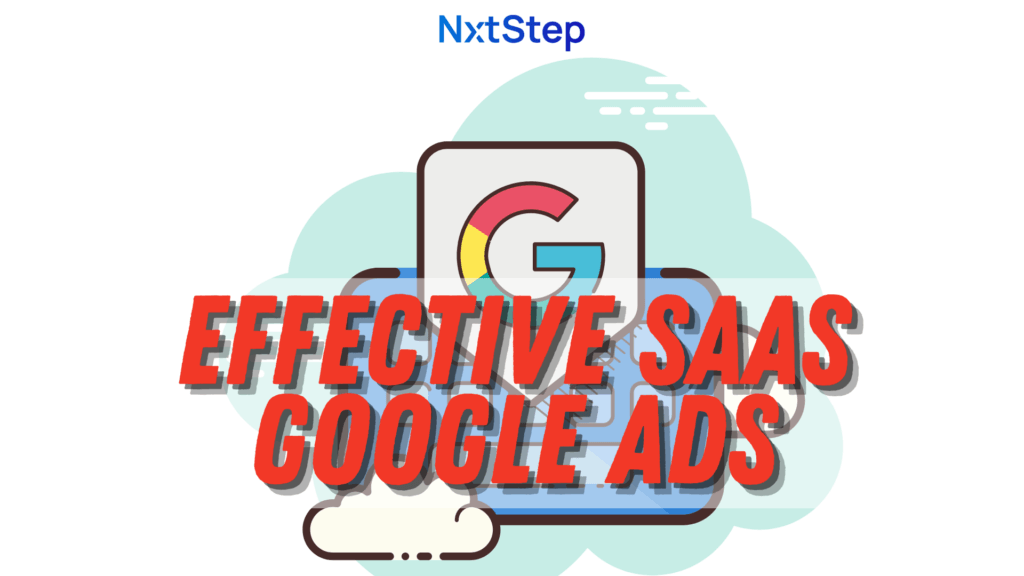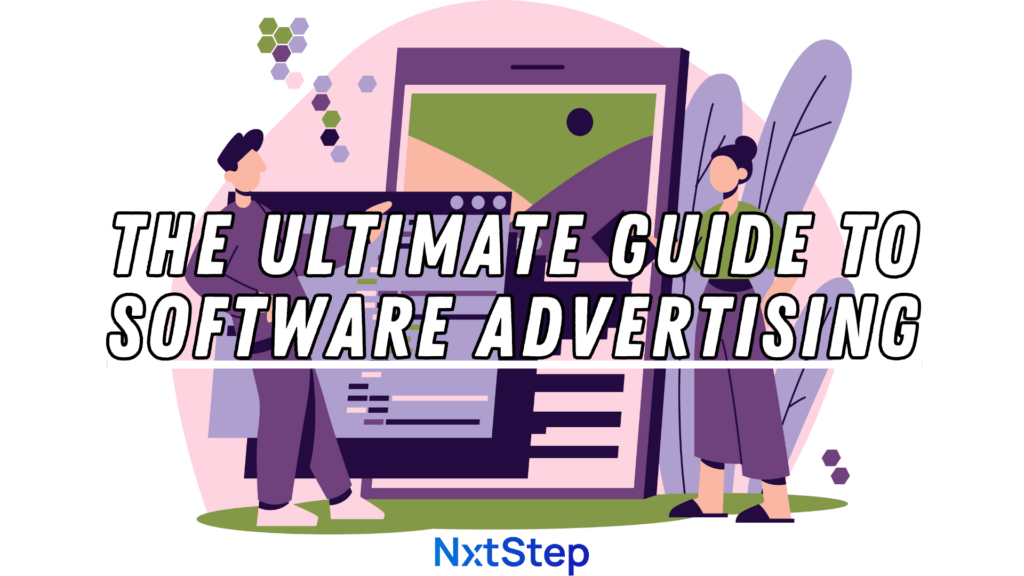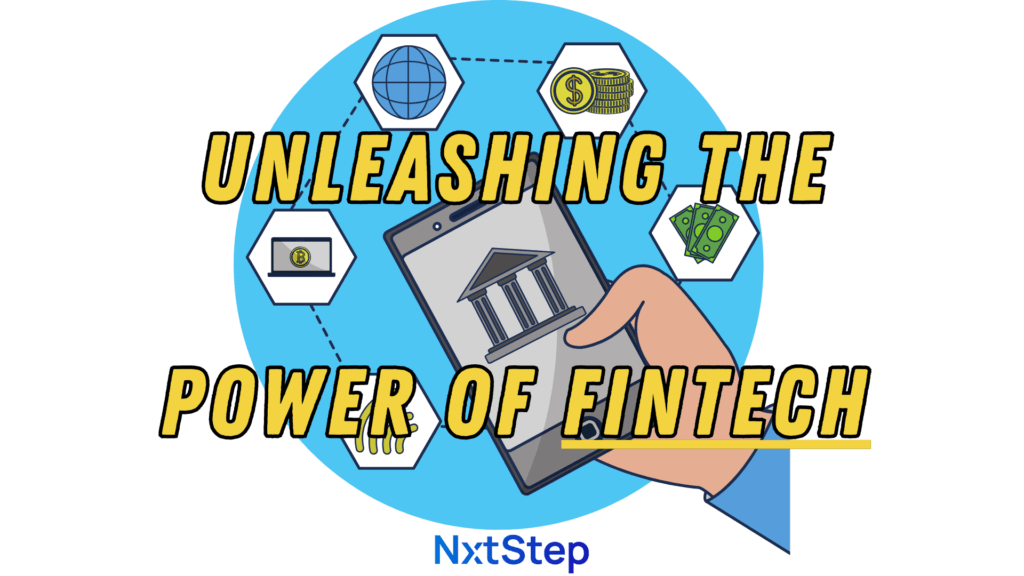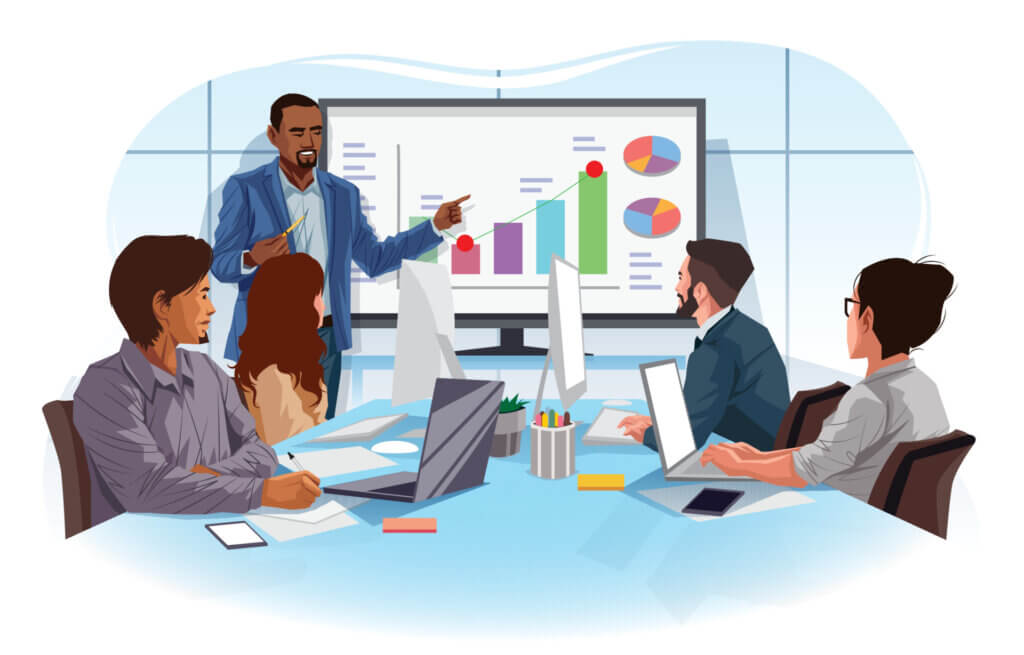Too many product companies view sales as art rather than science. I reject that notion. Product sales should be developed as a process with predictable and repeatable results.
In this article, I’m going to walk you through how you can develop a sales process for your product. When complete, you should have the ability to either generate consistent results or understand which step in the process needs to be fixed.
Background
Throughout my career, I’ve observed a popular opinion regarding success in sales to be mainly about the personality of the individual. I’ve never really understood this perspective and have always felt that sales is a process that anyone can be trained to perform successfully. However, in order to achieve success in product sales this way, you must build it as a process.
Not only should product sales be a process, but it should be capable of delivering consistent results. A process that cannot deliver consistent results isn’t really a process because it doesn’t work. However, if we build your product sales process with the ability to achieve consistent results, then you can use it to effectively plan and track progress toward your sales goals.
The Hockey Stick Trap
Before we get to building, I feel I need to share with you where I see most product companies go sideways here. It seems that many product companies are eager to reach the hockey stick level growth curve that everyone is always talking about. While I understand that, it’s important to realize that there are sequential steps to getting there which means you should not try to skip right to that step from the start.
The sequential steps to developing an effective sales process are in order – problem-solution fit, repeatability, scalability and ultimately product-market fit.

I’m going to talk more about each of these steps in the sections below, but I want you to know that there is a procedure to building an effective sales process and you must follow it. If you try to skip steps or jump around you’ll only be doing yourself a disservice and eventually have to start all over again if it doesn’t go well.
Pro Tip
Also, don’t expect your product to sell itself right out of the gate. Even if you aren’t a startup, people may have little to no context for what your product is or does, and as such, you’re going to have to manufacture these results manually for some time. Think of reaching product-market fit as your eventual goal and not the immediate goal.
Problem-Solution Fit
This step is more related to discovery, but I feel I should mention it because it is also the first step in building an effective sales process. You must ensure that the product you’ve built adequately solves the customer problem better than the existing solution. If you’ve verified that then you’ve achieved problem-solution fit and can move forward to the next step in the process.
If you haven’t achieved problem-solution fit and you move forward with the process, you will simply be wasting time. Without data that indicates your product is a better solution, you’ll only be spinning your wheels trying to sell a solution that essentially doesn’t work. As such, make sure you’ve validated that you have problem-solution fit first.
Repeatability
Everything we’re building is expected to take the form of a process and ultimately become the first version of your product sales procedure. The next step is to ensure that your product sales process is repeatable. This means that you can consistently generate predictable sales results by following the process.

If you follow your product sales process, you should be able to predict how many new customers you can acquire based on the volume of prospects that flow through the process. Our ultimate objective is to get to a place where your product can scale and ultimately reach product-market fit, but we can’t do that until your process is repeatable. Without achieving this step first, the return on investment (ROI) for your sales process will not be strong enough to get you to those later stages.
Pro Tip
Building your sales process to be repeatable is the best way to create the most cost-effective approach to selling your product. If you design a process that you know works, then you can also delegate portions (or all) of it to more cost-effective resources which protects your margins.
Pitfall to Avoid
Whatever you do, don’t plan to just hire someone to ‘figure it out’. If you don’t know how to sell your product then your product strategy roadmap is incomplete. Your roadmap should lay the foundation for how you achieve early sales success. No one should know more about your product than you, and as such, you are the best person to build the first version of your product sales process. Additionally, if you don’t build it into a process that’s repeatable first AND you expect someone else to do it you can expect this project to become a money pit. You’ll continually throw money at this problem and it may never end up actually getting solved.
Scalability
Once you’ve been able to achieve predictable and repeatable results with your sales process, now you can focus on how to properly scale it. This may mean anything from dedicating more time to the process yourself all the way to adding additional capacity by growing your team. However you intend to scale, it’s important that it’s repeatable so you can achieve consistent results across your efforts and be able to measure whether or not it is truly working.
Scaling your product sales process can be both exciting and scary. You want to ensure anyone else you’re involving in the process is ‘doing it the way you’d do it’. Guess what the best way to ensure that this happens is? That’s right – make sure they are following the product sales process you just developed. Armed with the process, your job now becomes ensuring that others are following it to the T. Now you can measure the performance across more resources which increases your leverage and sends you on your way towards that hockey stick level growth that you’ve been after.

Get our awesome product content delivered daily-ish to your inbox

Pro Tip
Develop a series of assets for training team members before you decide to hire them. These assets should lay out in great detail each step of your sales process. I find two types of product sales process assets to be particularly helpful. I like to build a flowchart map for managing a conversation with a prospect as well as a document that lays out in greater detail how to communicate your value proposition throughout the conversation AND handle common objections. Preparing these will be critical in helping you train new team members who you expect to manage the process moving forward.
Pitfall to Avoid
Whatever you do, DON’T try to scale before you’ve achieved repeatability with your process. If you try to rush this process to reach scale before you are ready, you will waste a lot of time and money. ALSO, be wary of sales support services that will make big claims about how many customers they can promise you in a period of time. I’ve sampled some of these services through research and they very rarely (if ever) achieve the kind of results they typically promise. Ultimately, if you follow the steps I’ve laid out here, you’ll be able to predict your own results and measure how much more effort will be required to get you to the next level.
Product-Market Fit
Once your product sales process has had the opportunity to properly scale, you should be well on your way to achieving product-market fit. There’s much debate as to how to measure whether or not you have ‘achieved’ product-market fit, but all that really matters here is whether or not you have experienced strong and consistent growth. If you are, then you are well on your way. Try not to focus too much on product-market fit as a milestone or destination, I see it as more of a phase. Both your product and the market are dynamic, meaning both can change at any time. As such, you can find yourself in product-market fit or out of it (hopefully temporarily). What really matters is whether or not your product sales are growing consistently. If they are, then you are in a good position – just keep going.
Measuring Performance
You need to be able to measure the performance and consistency of your product sales results. To best measure the performance of your process, I suggest you build a simple equation for tracking purposes. This will help you better understand the effectiveness of the process.
For example, if you know X meetings with target market customers lead to Y new paying customers for your product then you can use this data to predict where you’d like to be weeks or months from now. This data will help you build a proper sales forecast based on the resources you are investing into your product sales process.

Understanding how well your product sales process is performing is key to measuring your return on investment when expanding your sales team. If you know what type of results you can expect from someone following your process, then you’ll know what type of payback period you can expect from hiring help. I want you to know what type of results to expect all the way down to your margins before you make your first sales hire. This process will enable you to do exactly that.
Real World Example
Theory is great, but examples are better and I’ve been dying to share an example with you so here goes. I’ve made templates out of the product sales processes that I’ve built for my own product companies StaffGeek and Podcast Chef so that I can share everything with you from the assets I created to manage the process to the results I achieve from what I invest into the process myself.
To gain a copy of the product sales process assets I’ve developed for my product companies, sign up for the free templates here.

Get a Copy of Our FREE
Product Sales Process
Templates!
In the set of documents I’ll send to you by email, you’ll find two assets. One is a flow chart that maps out the entire product sales process from start to finish. In it, you’ll see everywhere there is a decision and what you should do next based upon that decision. This map will help you lay out all the steps in the sales process in one visual. The second, is a guide for how to manage each step in the process complete with sample dialogue and a section reserved for overcoming common objections from prospects expressed during the sales process.
You can use these assets to build the first version of your own product sales process. If you have any questions along the way, email me at sean@nxtstep.io.
Getting Started
To build an effective sales process, you need to start connecting with prospects in your target market and building the process to generate repeatable results. Only after you’ve achieved that step can you then take it to the next level and make your product sales process scalable.
A great place to start would be to get a copy of the product sales process assets I’m offering for free using the sign up form from the section above.
Hiring Help
I can help you build the sales process for your product company. If you need any help with this, email me at sean@nxtstep.io.







